Hello everyone!
Welcome to our bi-weekly developers log, in which we will give some insight into the weal and woe of our studio and the road to creating our first mobile game, Henry the Cloud.
Some exciting things have been going on in the past weeks and will continue to go on in the weeks to come. Of course, we are thrilled to share these things with you! In this devlog, we will reflect a little on the road to releasing Henry the Cloud. Keep reading!

One of the things that has been going on recently is that we were featured on CoronaLabs’ CoronaGeek podcast. We discussed a wide variety of things, ranging from our philosophy to the toolsets used in developing Henry the Cloud. In addition, we discussed that we are driven by passion more than anything else, and that we want to give back to the community. Stay tuned, because to do just that we have a very, very exciting gift prepared for the (indie) game world. We will be announcing that in the next blog post!
Currently, we are still in the closed beta (testing) period and we have gathered a lot of feedback, most of which overwhelmingly positive! We are currently working out the final quirks before we shall move onto the next and final quality assurance phase, after which the release is planned.
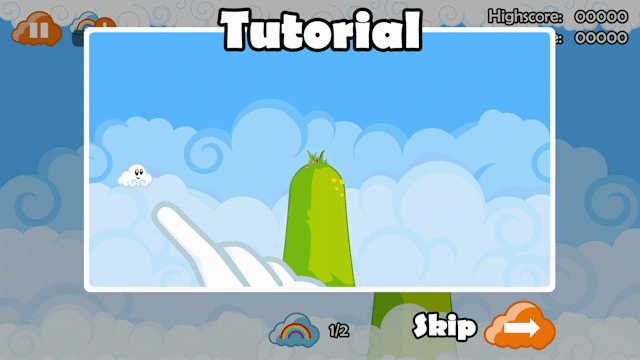
These QA sessions and closed betas are truly valuable to us: when developing a game, you always (think that you) have some idea of what good scores are, what kind of crazy things players will do and how fast players accumulate coins and rewards. Nope. What we thought would be a pretty good score was more than doubled within the first 24 hours of beta testing. The amount of droplets (in-game coins) accumulated was almost five times as fast, due to the way we had structured bonuses. Lesson learned? Make sure you have a lot of tracking in place so you can datamine and tweak your settings! It would truly be a shame to only find these things out post-release.
Another thing that really has our attention currently, something we really want to get right, is the map of the game. Level design is an art, and good level design will make your game come alive: in the case of a scroller like ours, the flow of the map should feel organic. No jitters up and down, but a smooth wave-like form. On the other hand, the players should be kept on the edge of their seat, and should be rewarded for choosing to take the more difficult route.

How not to do level design: smack a bunch of objects together
This consequently ties back in with the QA sessions and mined data: you will want to “funnel” your data so you can identify the sticking points on the map where people are consistently dying or even quitting playing altogether! This most likely indicates bad level design and will frustrate your players. You will want to ensure that when a player dies, they feel like it was a lack of their own skill that caused their failure rather than bad level design or gameplay mechanics that just miss that finesse. These essentials will make your game have a high replayability factor - a lack thereof will take it away!
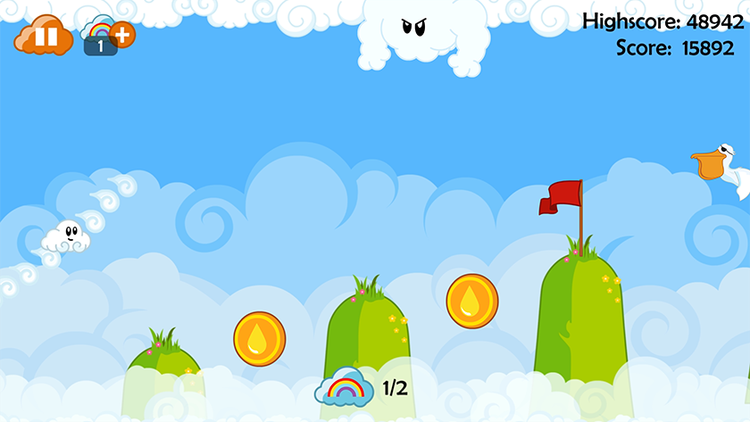
To conclude: start prototyping early on, have iterative feedback cycles, collect and mine data from other people’s gameplay sessions and make sure that you are reading and hearing what the players are experiencing. Developers will often convulsively hold on to what they have in mind, but at the end of the day, you want to put a smile on the players’ faces. Thus, their voices should be heard!
That wraps it up for this time and stay tuned for the next devlog, in which we will discuss what we have planned for the post-release period! Keep a close eye, as we will have a spectacular gift for you. You will truly feel like you are on a pink cloud.
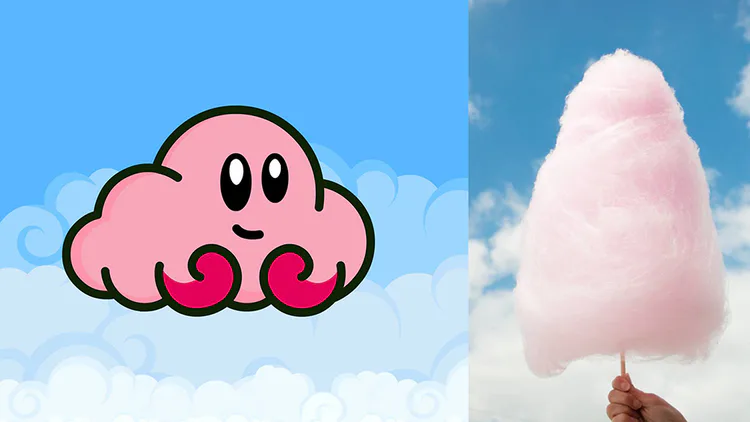
But not this one. Probably.
Visit our website to stay updated with the latest news, release date and exclusive codes to unlock goodies in-game!
FOLLOW Henry the Cloud on…
Facebook
Twitter
Got feedback? Questions? Don’t hesitate and leave a reply!







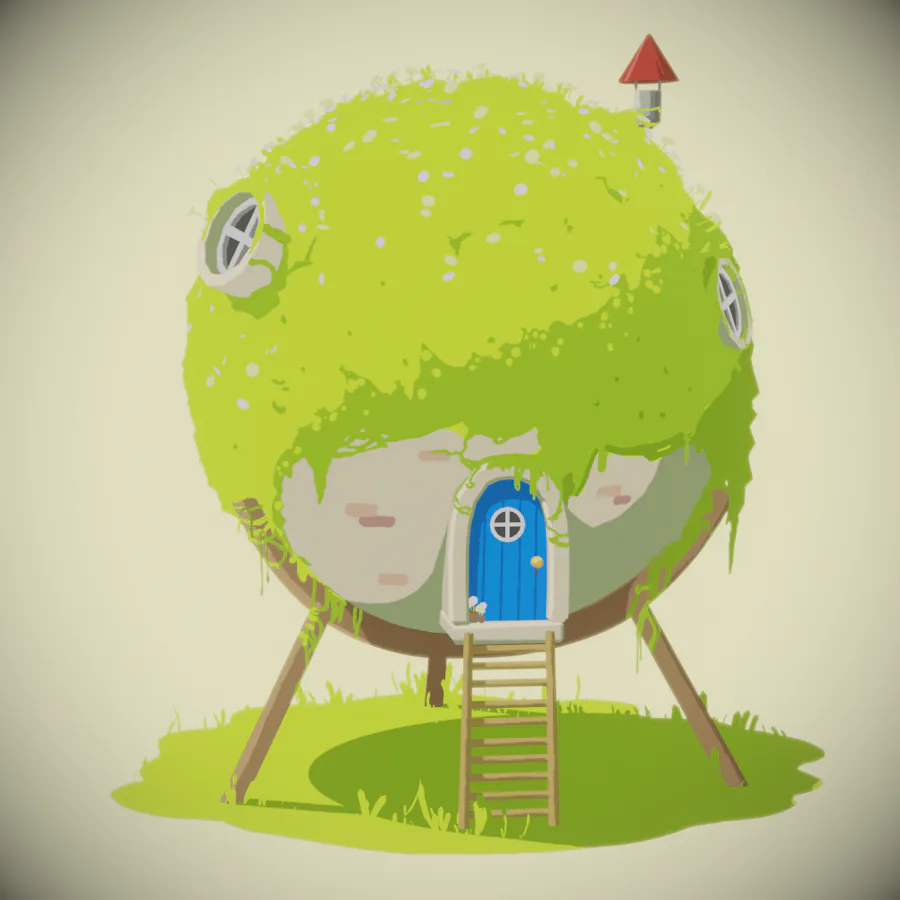
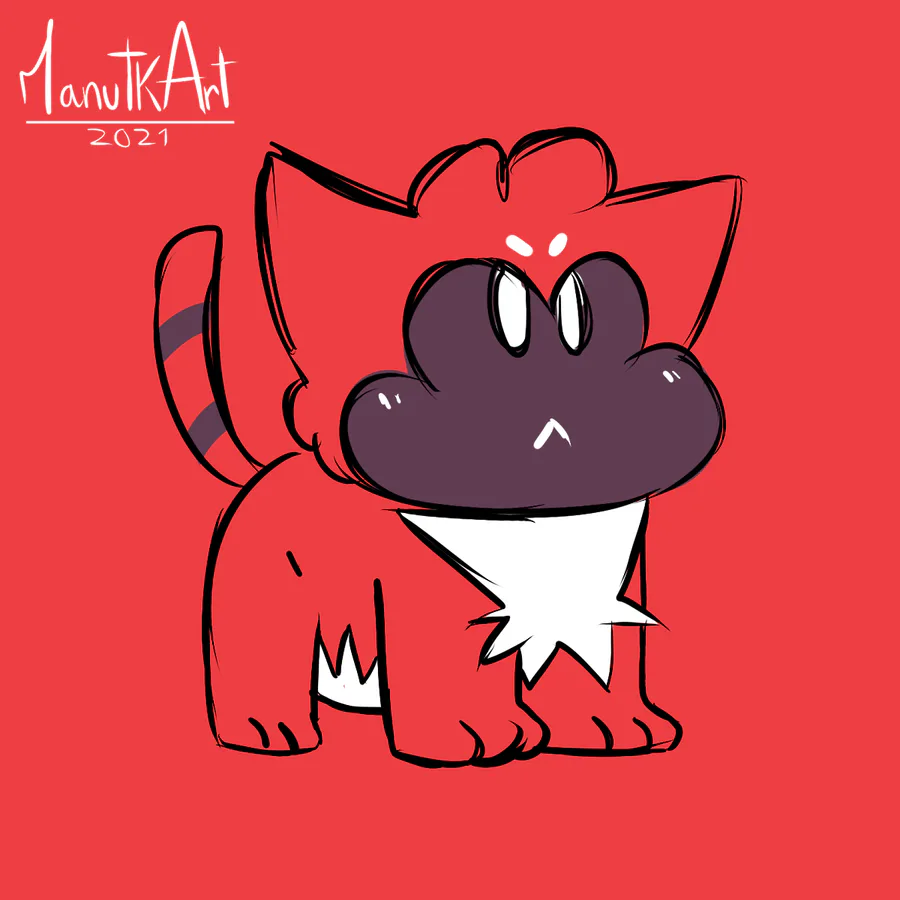


0 comments